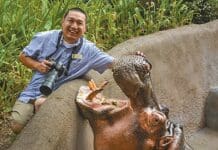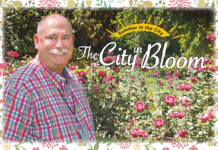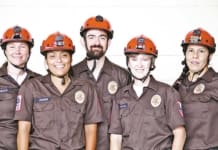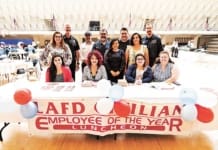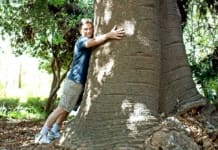Toward Biodiversity
Story and photos courtesy Zoo
“This is historic for both the Los Angeles Zoo and the City of Los Angeles,” said Denise M. Verret, CEO & zoo director of the L.A. Zoo, Club Member. “This comprehensive strategy includes every person in our community in the action to save wildlife. Conservation has historically failed the communities most affected by the degradation of our environment. This is our City. This is our world. It will take all of us working together to preserve it. Whether it is working locally with LAUSD school groups or abroad in villages in Costa Rica, engagement and empowerment are essential for this plan to succeed.”
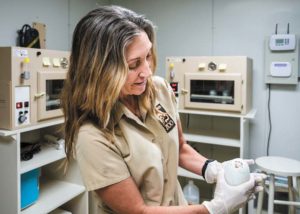
The Zoo’s Conservation Strategic Plan directs its effort in six focal areas: 1) social and environmental justice, 2) human-wildlife co-existence, 3) California conservation, 4) illegal wildlife trade, 5) conservation translocations, and 6) evidence-based conservation. To address the critical issues within these focal areas and accelerate success, the Zoo has started key new initiatives with departments and organizations in Los Angeles, such as Pubic Works/Sanitation and Environment and Rec and Parks, including Griffith Park.
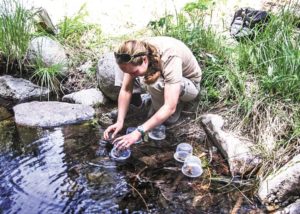
“The conservation challenges facing our world are rapidly growing, and we have to improve the strength and speed of our response,” said Dr. Jake Owens, Director of Conservation at the Zoo. “The L.A. Zoo has a celebrated history of conservation successes, including the revolutionary founding partnership with the California Condor Recovery Program. If it weren’t for the expertise, trusted partnerships, dedicated staff, and critical resources of the L.A. Zoo, the California condor, L.A.-native southern mountain-yellow legged frog, and other species would likely be extinct today. But we have to do more and with more intention towards achieving measurable outcomes. This Plan provides us with the tools and focus to make significant strides in our six focal areas over the next five years and beyond, and will help identify and create the partnerships needed to see it through.”
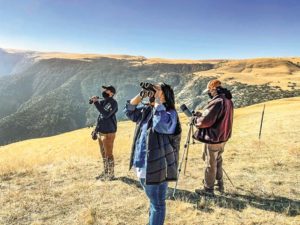
By 2026, with meaningful community engagement and the assistance and guidance from both current partnerships and future collaborators, the Zoo strives to…
- effectively remove barriers and increase accessibility to achieve lasting conservation success,
- create innovative solutions to bridge the gap with wildlife technology, virtual volunteers, and range country partners,
- leverage our expert resources and partnerships to combat the illegal wildlife trade,
- promote human- wildlife co-existence, and
- create evidence-based solutions to conservation challenges.
For more information: www.lazoo.org/save-wildlife.






